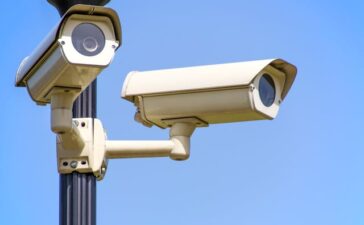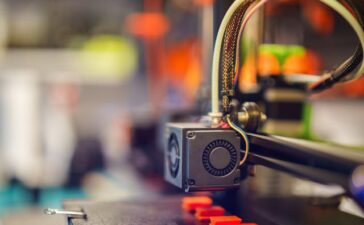Primary schools play a vital role in a child’s educational journey, providing the initial building blocks for lifelong learning. These formative years are critical for developing essential skills, acquiring knowledge, and fostering a love for learning. In this article, we delve into the world of primary schools, examining their significance, structure, and the essential role they play in a child’s educational development.
Primary schools, also known as elementary schools in some regions, are educational institutions that cater to children in their early years of formal education. Typically, the education provided by Sunshine Coast primary schools encompasses the first few years of a child’s academic journey, usually spanning from ages five or six to twelve.Primary education is very important for the development of a child’s early stages. It sets the foundation for future learning and intellectual growth. During these years, children acquire fundamental skills in reading, writing, mathematics, and other core subjects. Additionally, they learn about social interactions, cooperation, and essential values that shape their character.

Primary schools are organized into grades or year levels, each focusing on specific educational objectives. The curriculum in primary schools is designed to be age-appropriate and gradually introduces more complex concepts as students progress through the grades. The typical primary school structure includes:
Kindergarten or Pre-K: This stage serves as an introduction to formal education and focuses on play-based learning and socialization.
Lower Primary: Includes grades or year levels one through three, with an emphasis on foundational skills in reading, writing, and mathematics.
Upper Primary: Encompasses grades or year levels four through six, where students continue to build upon their foundational knowledge and explore a wider range of subjects.
Effective primary education relies on well-trained and dedicated teachers. Primary school teachers are responsible for creating a nurturing and stimulating learning environment, catering to diverse learning styles, and facilitating a child’s academic and personal growth.Primary schools prepare students for the transition to secondary education. This includes not only academic readiness but also the development of skills such as time management, study habits, and independent learning.Parents play a crucial role in their child’s primary education. Many primary schools encourage parental involvement through activities, meetings, and opportunities to support their child’s learning at home.

Primary schools use various assessment methods, including tests, quizzes, projects, and teacher observations, to monitor student progress and these assessments and tests help the teachers to asses and figure out where the child may need extra help.Primary schools accommodate a diverse range of students, each with unique learning needs and abilities. Schools strive to create inclusive environments where all students can thrive and receive the support they require.
Beyond academic skills, primary schools instil important life skills such as problem-solving, critical thinking, teamwork, and effective communication. These skills prepare students not only for future academic challenges but also for the demands of the modern world.Perhaps the most significant accomplishment of primary education is instilling a lifelong love for learning. Primary schools aim to spark curiosity and intellectual curiosity that will motivate students to pursue knowledge and personal growth throughout their lives.





